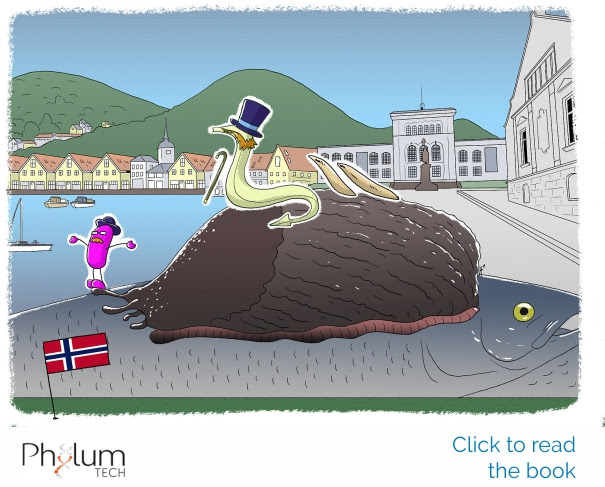
It shares many attributes with C. elegans as well as being in Clade 5 which contains many animal, plant and arthropod parasites

Phasmarhabditis hermaphrodita is a facultative parasite of slug and snails that parasitizes many molluscs families. Third-stage dauer juveniles (IJ) enter the slugs through natural openings. Once inside the host, the nematodes develop to self-fertilizing hermaphrodites, eventually killing it within three weeks. When the food source is depleted, the nematodes form new dauer juveniles to leave the cadaver in search of new hosts.
Therefore, it is not an obligate parasite that requires a host to survive but a bacterivorous nematode that can be grown in the lab using E. coli OP50 in a Nutrient Growth Medium (NGM), still been able to retain is pathogenicity towards slugs. It has been proposed as a new genetic model by Andrus & Rae (J Helminthol 2019), who were able to obtain unc and sma mutants to perform forward genetic screenings. Now, high throughput behavioural techniques could transform this organism into a powerful genetic model.
Even it was first described as a parasite of slugs in 1859 (Schneider, 1859), P. hermaphrodita featured prominently in Maupas’ classic paper on nematode reproduction (Maupas, 1900). This paper is best known for including the original description of Caenorhabditis elegans but the paper also contained drawings, measurements, and experimental observation on the reproduction of P. hermaphrodita which Maupas called Rhabditis caussaneli.

Terrestrial slugs are important economic pests that cause significant damage to a range of crop types including arable, ornamental, pasture and vegetable crops in Europe, America and Australia. P. hermaphrodita is the only nematode that has been commercially developed as a biological control agent for slugs and snails (NemaSlug from BASF). Nematodes are applied to soil where they actively seek out slugs and infect and kill them 4-21 days later. Biocontrol agents offer an effective, economical and eco-friendly choice for the management of pest and diseases of crops in sustainable agriculture.

